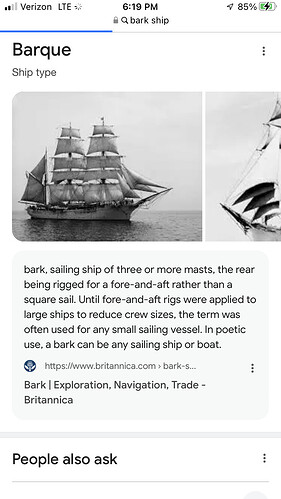[I will post my questions in a comment to this. By the way, @Carleas, I could not do this on my phone, because the blue button was inaccessible - beyond the reach of haptics. However, the draft was available when I logged in on my laptop.]
Sonnet 116: Let me not to the marriage of true minds
Launch Audio in a New Window
Let me not to the marriage of true minds
Admit impediments; love is not love
Which alters when it alteration finds,
Or bends with the remover to remove.
O no, it is an ever-fixèd mark
That looks on tempests and is never shaken;
It is the star to every wand’ring bark
Whose worth’s unknown, although his height be taken.
Love’s not time’s fool, though rosy lips and cheeks
Within his bending sickle’s compass come.
Love alters not with his brief hours and weeks,
But bears it out even to the edge of doom:
If this be error and upon me proved,
I never writ, nor no man ever loved.
